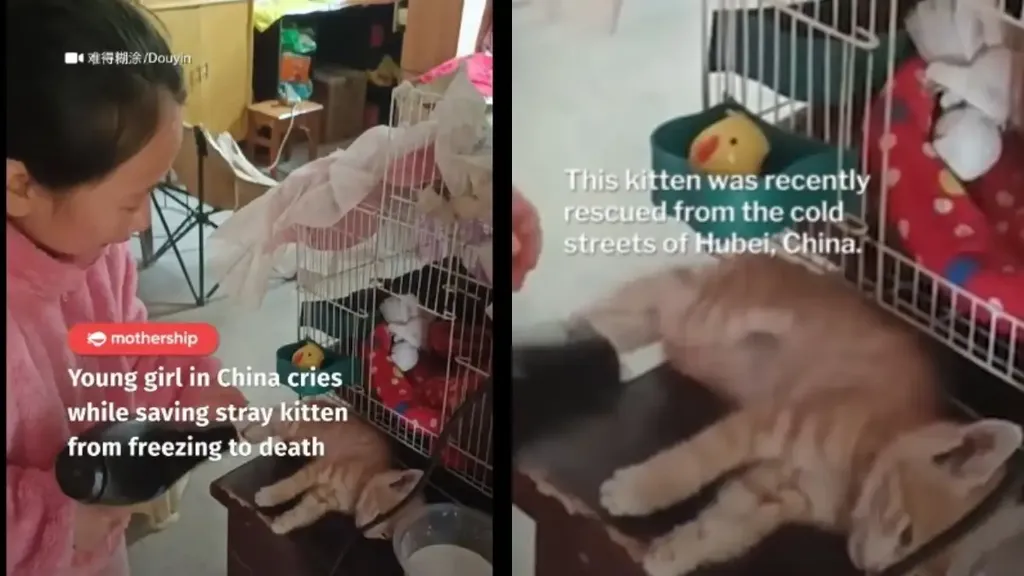In a groundbreaking study that could reshape the approach to a devastating feline condition, researchers have found that surgical intervention can significantly improve survival rates and quality of life for cats suffering from feline aortic thromboembolism (FATE). The study, led by Jin Li from the Department of Veterinary Clinical Sciences at Nanjing Agricultural University in China, offers a glimmer of hope for both veterinarians and cat owners grappling with this often-fatal condition.
FATE, a blockage of the aorta by a blood clot, is a common cause of sudden hind limb paralysis in cats, particularly those with heart disease. Traditionally, treatment has been largely palliative, with survival rates hovering around 20-30%. However, Li’s retrospective study, published in the journal *Frontiers in Veterinary Science* (translated to *Veterinary Science Frontiers*), suggests that surgical aortic thrombectomy—a procedure to remove the clot—could markedly improve outcomes.
The study reviewed medical records of 13 cats diagnosed with FATE who underwent surgical aortic thrombectomy between 2021 and 2023. The findings were promising: 53.8% of the cats survived to discharge, and an impressive 71.4% of those survivors regained full motor function in their hind limbs. “This is a significant improvement over historical survival rates,” Li noted, adding that the study “highlights the potential of surgical intervention as a viable treatment option for FATE.”
The research also identified key factors that influenced survival. Cats that survived had lower preoperative neutrophil-to-lymphocyte ratios, postoperative serum potassium levels, and postoperative blood urea nitrogen concentrations than those that did not. These biomarkers could serve as crucial indicators for veterinarians considering surgical intervention.
The study also shed light on long-term outcomes. Among the cats that survived to discharge, two were confirmed deceased during follow-up, while five were lost to follow-up. Two cats experienced a recurrence of FATE but were successfully managed with medical treatment and survived. “This suggests that even in cases of recurrence, medical management can be effective,” Li said.
The implications of this research are substantial for the veterinary field and pet owners alike. For veterinarians, the study provides a new treatment paradigm that could save more lives and improve the quality of life for affected cats. For pet owners, it offers hope that their beloved feline companions can recover from what was once considered a death sentence.
Looking ahead, this research could spur further studies into the optimal timing of surgical intervention, the development of new surgical techniques, and the identification of additional biomarkers that could predict outcomes. “This is just the beginning,” Li remarked. “We hope our findings will encourage more research into this area and ultimately lead to better treatments for cats with FATE.”
As the veterinary community continues to explore the potential of surgical aortic thrombectomy, one thing is clear: this study marks a significant step forward in the fight against FATE. For cats and their owners, it represents a beacon of hope in the face of a once-dreaded diagnosis.

